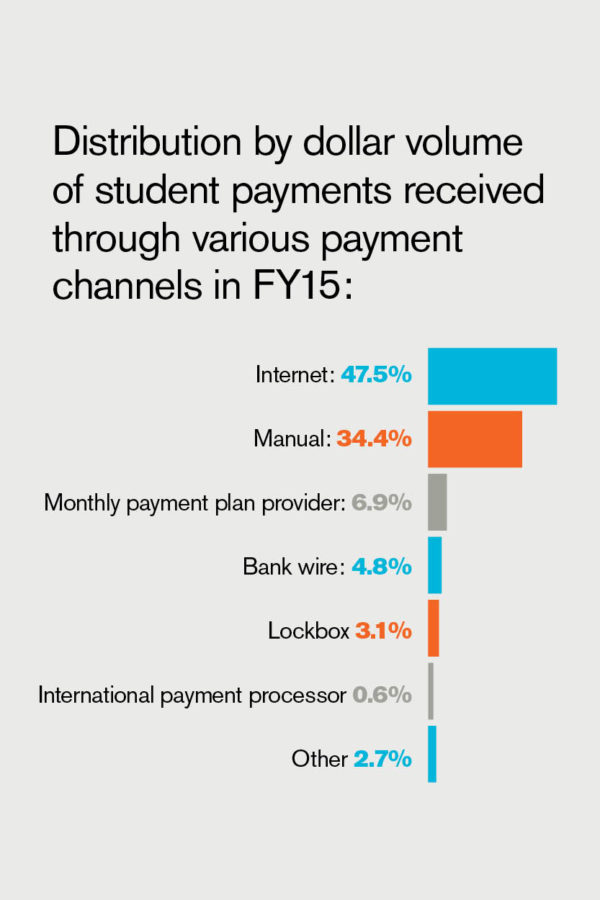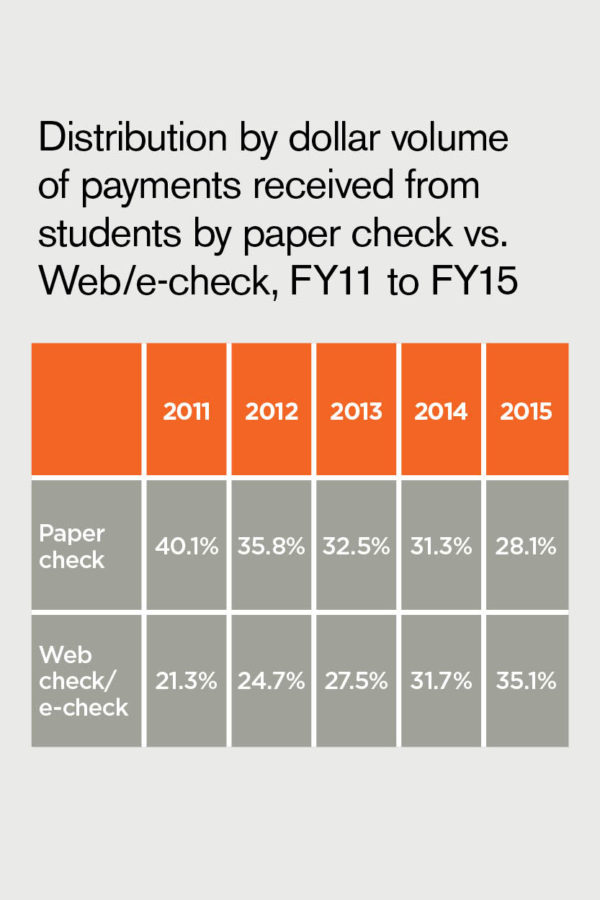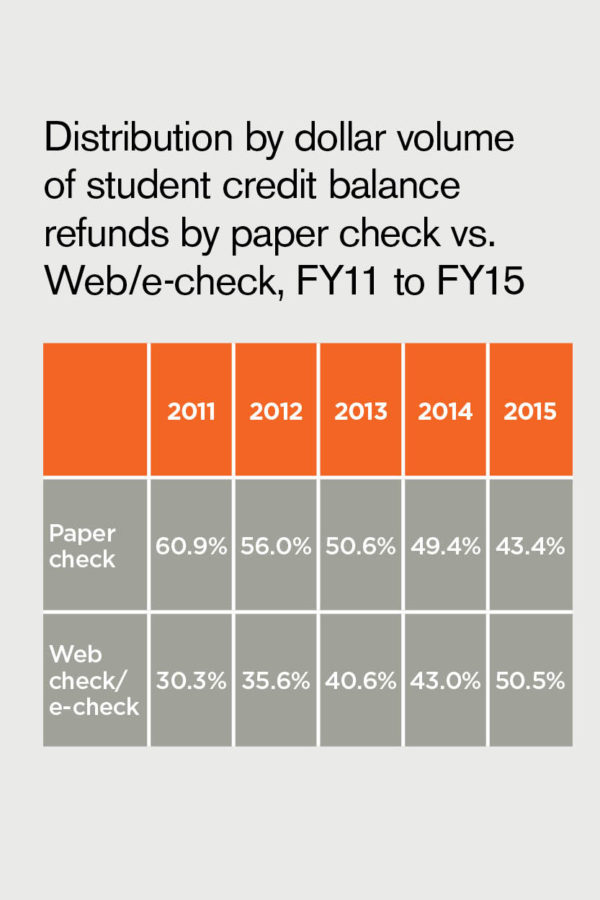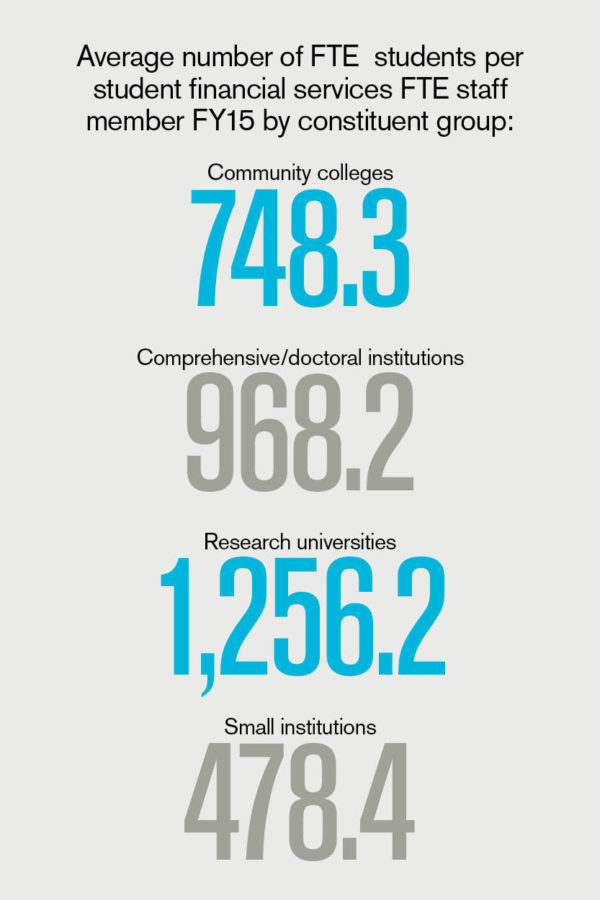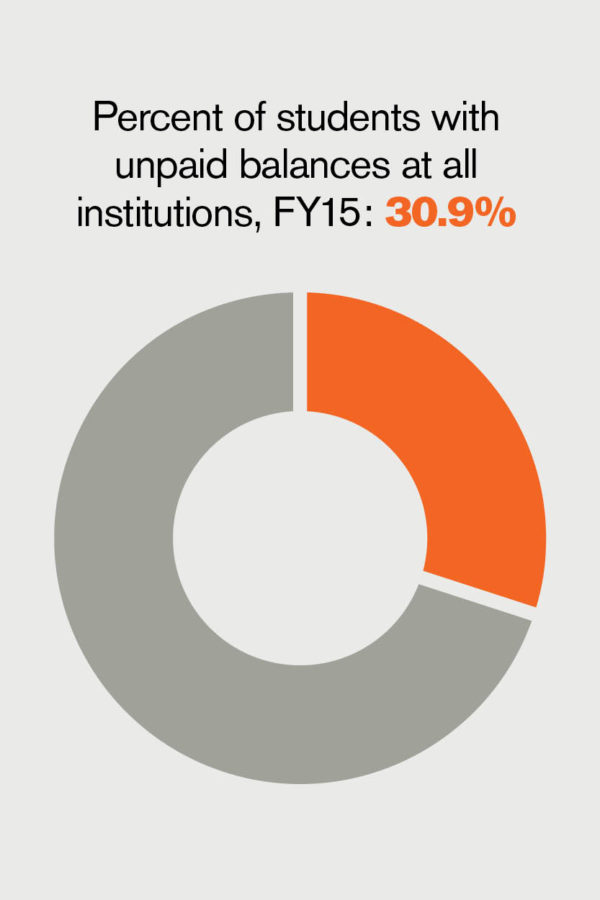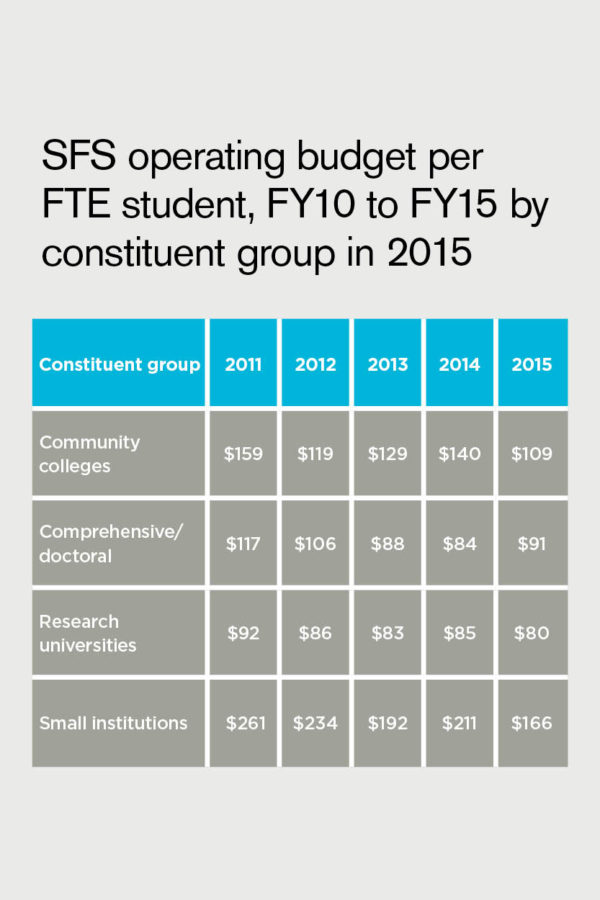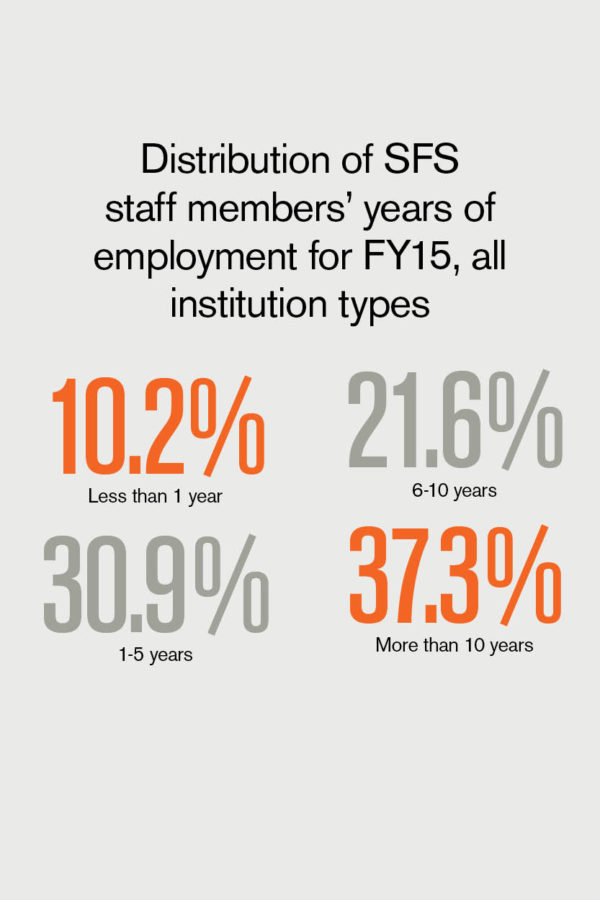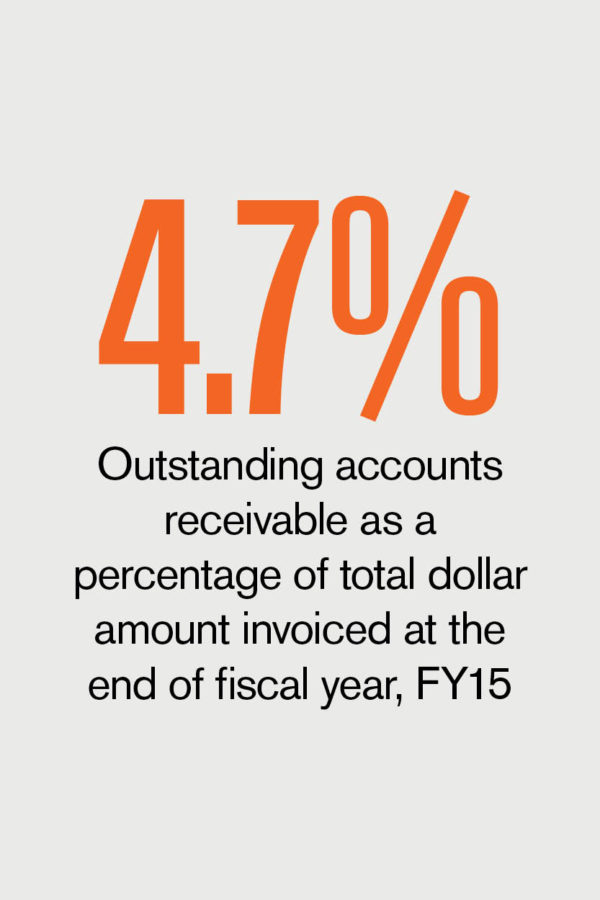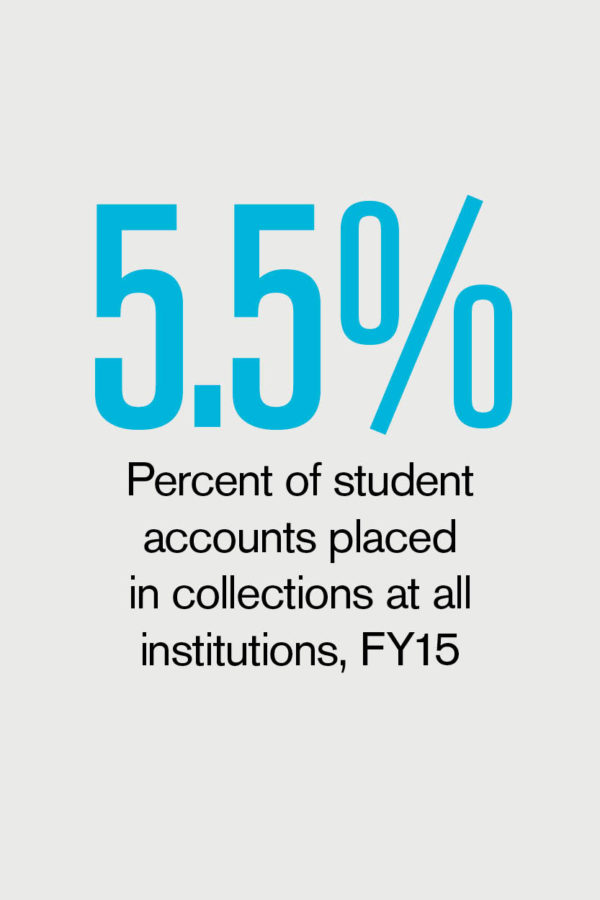When the University of Illinois at Chicago (UIC) set out to determine the cost of delivering IT services to its internal customers, it began by identifying 190 basic products and service elements in the university’s central IT department that also captured associated IT staff time and activities. This research became the basis for creating a new rate and funding strategy that will more accurately and transparently account for actual costs.
Setting Project Scope
A core component of the strategy discussed by Chief Information Officer Cynthia Herrera Lindstrom and Associate Chancellor of Budget and Resource Planning Janet Parker in their presentation “Using Activity-Based Costing to Identify the Cost of Delivering IT Services” was to move away from charging for things (e.g., phones) to charging for services used (e.g., data). First steps included identifying all costs for everything expended for IT during the course of a given fiscal year—both labor and non-labor costs. After identifying all basic products and service elements and mapping these to specific lines of business, they then gathered data on what was being charged back to units and departments to determine where IT was overcharging or undercharging.
While recharging units and departments for space use and utilities has become common for many institutions, far less common is doing so for IT products and services. With increasing budget pressures, this is an area ripe for many institutions to consider, believe Lindstrom and Parker. What may keep many from going down this road is the huge effort required to accurately assess IT costs. For UIC, the process from beginning to end took five years, in part because of some significant leadership changes that occurred along the way, and because IT essentially had to start from zero in developing a baseline understanding of how staff were spending their time, says Lindstrom. Tracking time—including time spent on e-mail and performing system maintenance and backups—may require a cultural adjustment for IT staff. Yet, in the end, the only way to gain transparency in the eyes of customers is by providing hard data and context for cost assessment, she adds.
Caveats and Comparisons
Among the concerns UIC’s IT staff encountered and addressed in this process were the following:
- Determine what unit of measure to use for each line of business so that total costs can be divided by units of measure to get a per-unit cost. UIC settled on using regular FTE employees, discounting graduate students by 50 percent.
- Identify services that are not common to all and charge based on actual use. Conversely, identify common services everyone uses and expects (e.g., e-mail) to determine a per-unit rate.
- Plan for gradual implementation of any new rate structure, rolled out in conjunction with a clear communication plan, to let everyone know about the changes well in advance so that units and departments can make internal adjustments. UIC included departmental business managers as part of its working group from the beginning, and IT staff met with every department to discuss what the changes would mean for them. This part of the process is much easier to do once you have clarity on actual costs and the context in which to share the data, say Lindstrom and Parker.
Beyond determining actual costs to recharge, UIC’s analysis will be of immense help going forward for benchmarking and comparing costs with peer institutions; making determinations about necessary service changes (e.g., whether to outsource a service or move a service to the cloud); and identifying areas ripe for process improvements, centralization, or recharge rate adjustments. With its well-researched baseline for activity-based costing, the university now also has a meaningful context for discussing additional or new costs related to adding IT staff or purchasing a new server, or for factoring in more complex assessments such as equipment depreciation.
SUBMITTED BY Karla Hignite, New York City, who is a contributing editor to Business Officer






